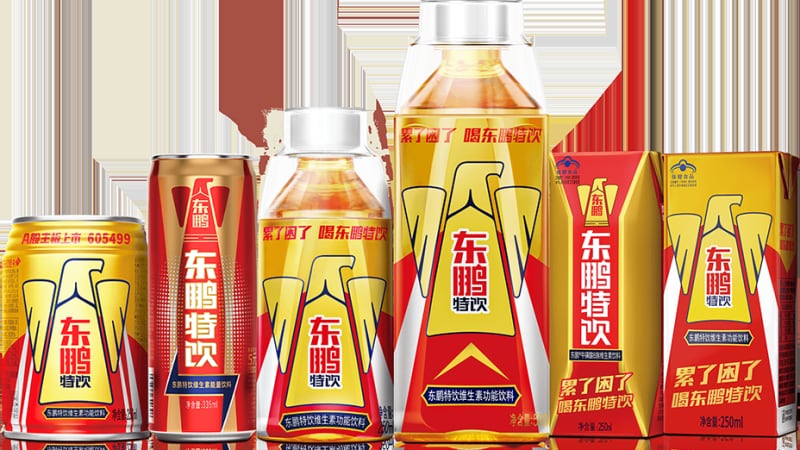EastRoc is one of the largest energy drink brands in China, but has largely remained a domestic brand over its 35 years of operations.
Plans for aggressive export expansion several years back were forcibly halted by the COVID-19 pandemic, but now that borders have reopened the firm believes the time is right for it to put these into action.
“We have just sent our first batch of EastRoc branded energy beverages to Singapore, and are soon to also enter the Vietnamese market,” EastRoc Beverage Vice President Vivi Jiang told FoodNavigator-Asia at the recent Food and Beverage Innovation Forum (FBIF) in Shenzhen, China.
“EastRoc definitely sees South East Asia as a key export market for us due to the consumer trends and demographics there, and eventually we want to establish a company there and work on localised products for the region.
“For now though, the first step will be to still maintain our tried-and-tested original beverage recipe –unless there are any regulatory needs to adjust the formulation - and to produce these in China and export over to the ASEAN markets.”
With regard to future plans for product localisation and innovation, Jiang added that these will be put in place after the company becomes more familiar with the local culture and drink preferences.
“After we have entered the ASEAN markets, the next step will be to do in-depth market research in each of these and then localise accordingly,” she said.
“We are confident that we will be able to leverage our existing capabilities to improve the beverages according to local needs – further down the line, it is also entirely possible that we may create a completely new line of products to cater to overseas markets.
“Initially though, we may look at the localisation of packaging and branding to better appeal to local consumers – so having English or Vietnamese branding and labelling, as an example.”
In Singapore, the EastRoc energy drink is available via both online platforms such as Shopee as well as brick-and-mortar Chinese sundry shops such as Kun Hai. In China, it is available on major supermarkets and convenience stores and more.
Challenges still ahead
One of the brand’s main avenues for appealing to consumers is its affordable pricing, coming in at around S$1.20 (US$0.91) online and S$0.70 (US$0.53) offline as compared to major competitor Red Bull (around S$1.50/US$1.13 online and S$0.80/US$0.60 offline) even in a generally pricier market such as Singapore.
This competitive pricing is becoming increasingly challenging to maintain given the global economic climate, but Jiang stated that the firm would continue to strive to do so.
“There can be no doubt that inflation and cost rises have been major challenges for everyone over the past few years, including for the beverage sector,” she said.
“For us, in 2022 the major challenge was very high PET costs for packaging, and after that stabilised this year in 2023 we saw a new challenge in the form of very high sugar costs, which we are working to overcome as well.
“It is very important for brands to ‘醒着拼 ’ which means to persistently ‘work hard with their eyes open’ given that the situation this year is still not great overall for businesses, and there is a strong need to be very alert of any potential hurdles in addition to having solid strategies in place to make flexible, split-second decisions if needed.
“The industry must also bear in mind that consumers today are much more realistic than before, and have a clear understanding of what they want. They look for both affordability in addition to better value, and are far less likely to accept poor quality for low prices any longer, so this is not the way forward.”





